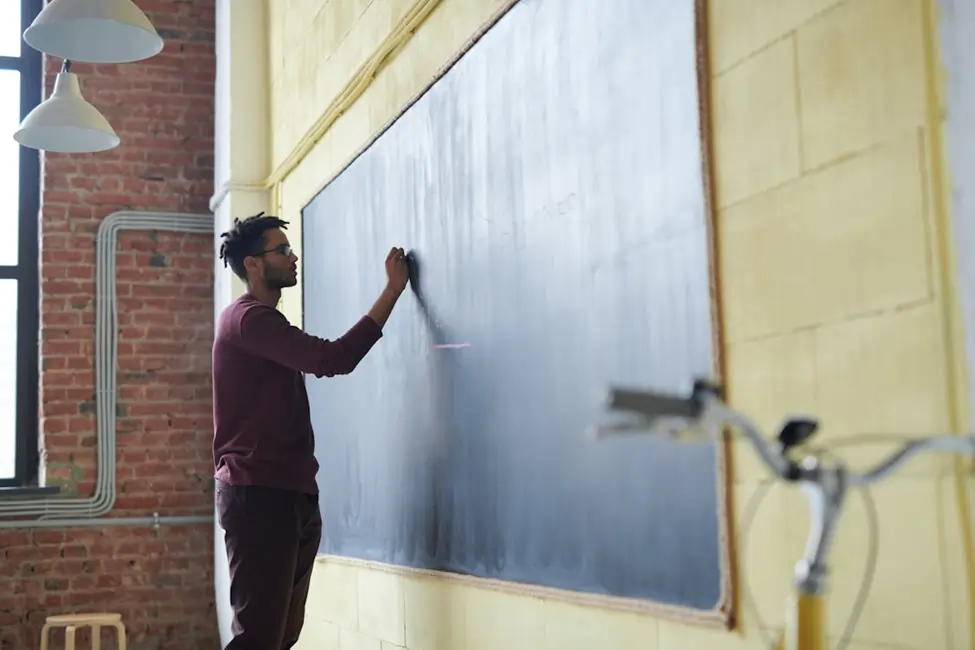Home Industry E learning How Teacher Training Impacts D...
E Learning

CIO Bulletin
02 October, 2025
Teaching has always involved more than presenting lessons. In today’s classrooms, educators are asked to meet a wide variety of learning needs, making preparation and ongoing training essential. Students come with different backgrounds, strengths, and ways of engaging with content, which requires teachers to have a flexible set of skills. Training gives educators strategies to create learning spaces that can respond to this variety.
Professional development also has a lasting influence on education systems. Teachers who receive quality training can adapt to new challenges, apply research-based practices, and support stronger outcomes for their students.
Modern classrooms bring together students with a wide range of abilities. Teacher training helps educators design lessons and use methods that accommodate this mix. Training introduces ways to adapt materials, manage classroom dynamics, and guide learning in a way that respects individual differences. With this preparation, teachers are better able to keep students engaged, regardless of their starting point.
For those who want to build advanced expertise, a master's in special education online can be a strong choice. The one offered by William Paterson University, for example, is designed to prepare educators to meet the needs of diverse learners of today. The curriculum emphasizes evidence-based strategies, inclusive practices, and practical approaches that can be applied directly in classrooms. With its flexible online format, the program allows teachers to continue working while advancing their skills and credentials.
Cultural background strongly influences how students experience education. Training programs that include cultural awareness help teachers recognize and respect these differences. Educators learn how culture shapes communication, learning styles, and classroom interaction. This awareness supports a more welcoming environment and reduces misunderstandings.
When teachers understand cultural perspectives, they can design lessons that connect better with their students. Training encourages practices such as using diverse examples in instruction, creating space for multiple voices, and being mindful of language barriers.
Instructional approaches that worked years ago may not match today’s classrooms. Ongoing training gives teachers updated methods and tools, keeping their practice responsive to changing needs. This continuous learning allows educators to move between approaches, experiment with strategies, and refine their lessons over time.
Teachers who engage in ongoing training are less likely to feel stuck when a new challenge arises. They know they have a range of strategies to draw from and are familiar with current research. This flexibility benefits students directly, as teachers can adjust lessons to match the needs of the group in front of them.
Differentiated instruction requires teachers to design learning that meets students at different levels of readiness and interest. Training helps educators plan in ways that address these differences without lowering expectations. Teachers learn how to create tiered activities, adjust pacing, and offer multiple ways for students to engage with content.
Students are given opportunities that fit their individual needs while still working toward shared goals. Training gives educators the skills to balance variety with consistency, making differentiated instruction a practical approach rather than an overwhelming challenge.
Classrooms often include students who display a wide range of behaviors, and this can affect learning for everyone. Training equips teachers with practical strategies for managing such situations calmly and effectively. Instead of relying only on discipline, educators learn proactive approaches such as setting clear expectations, creating structured routines, and recognizing early signs of difficulty.
This preparation helps teachers maintain a positive learning atmosphere. When educators are trained to handle behavioral challenges, they can respond in ways that guide students rather than escalate situations.
Families are an important part of a student’s learning experience, and teacher training highlights this connection. Educators are taught how to communicate effectively with parents and guardians, keeping them informed and involved. Training also emphasizes the value of respecting family perspectives and working together toward shared goals.
When teachers collaborate with families, students benefit from consistent support both at home and at school. Training helps educators learn how to build trust, listen to concerns, and share progress in ways that are clear and constructive.
Every student should have the opportunity to access the curriculum in a meaningful way. Training prepares teachers to make adjustments so lessons can be understood and applied by learners with different needs. This might involve modifying materials, offering alternative formats, or introducing assistive technologies.
Teachers who are prepared in this way are able to create classrooms that are inclusive without lowering standards. Accessibility is about removing barriers, and training gives educators the tools to identify and reduce those barriers.
Teaching can be demanding, and educators themselves need resilience to thrive in their roles. Ongoing training supports this by providing teachers with fresh strategies, professional networks, and new ways to approach challenges. Regular learning opportunities give teachers the chance to reflect on their practice and build confidence in their abilities.
Resilient teachers are better equipped to manage diverse classrooms, adapt to new expectations, and remain motivated over the course of their careers. Training helps maintain this resilience by keeping educators connected to current knowledge and professional growth.
Education is always changing, and the demands placed on teachers continue to grow. Training provides the foundation that allows educators to adapt to these changes with skill and confidence. When teachers are supported through quality preparation, classrooms become more inclusive, flexible, and effective for all learners.







